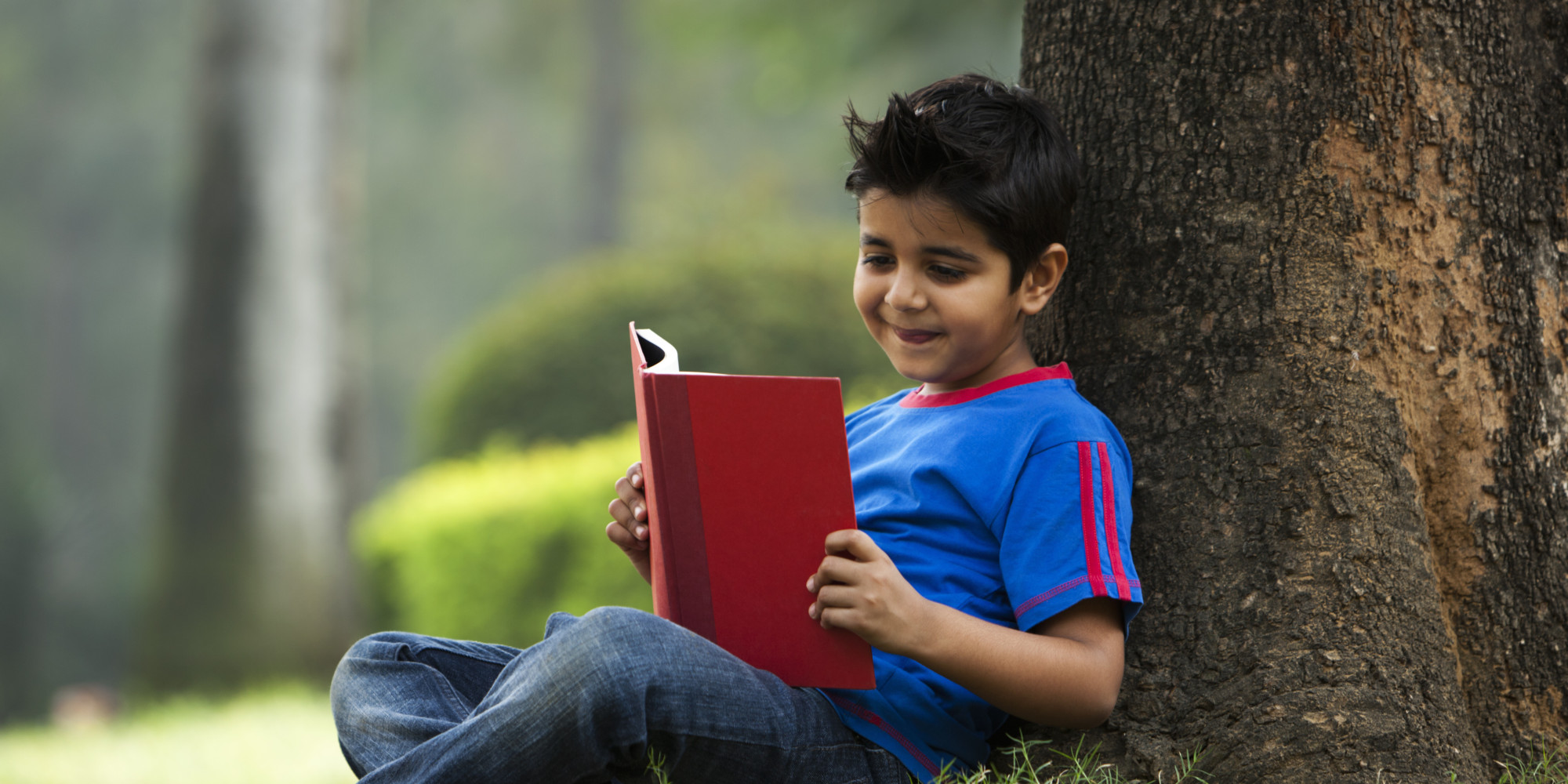There are quite a few advantages of investment in education. It can cut back poverty, improve equality, enhance well being, cut back crime, and promote rights, to call a number of. A vital driver that permits these advantages is the hyperlink between education and earnings. Even although the roots of this argument lie in the writings of classical economists like Adam Smith and Alfred Marshall, the concept was formally conceptualised in the shape of the human capital idea comparatively not too long ago when Theodore Schultz and Gary Becker popularised it in the Sixties. Since then, quite a few estimations of the financial advantages of investment in education have been printed.
Now, the truth that extra education results in greater earnings appears trite. But to make a exact case, research estimate the speed of returns to education, which equates the worth of lifetime earnings for a mean particular person with the associated fee of their education. If the return price is optimistic and better than different kinds of investment, it makes financial sense to speculate in education. When these calculations are made on the particular person ranges, it’s termed because the personal price of return to education. But when social prices reminiscent of cash spent on faculties and lecturers are added to it, we receive the social price of return.
The newest estimates present that the worldwide common of the personal price of return to a further 12 months of education is about 8.8 per cent.[1] These returns are considerably greater than most long-term asset investments, which makes spending on human capital investment. It has been documented in a number of research that the returns are greater in creating nations in comparison with developed ones.[2] Further, creating nations exhibit greater returns to primary education whereas the developed economies expertise greater returns to tertiary education.
It is essential for nations to grasp these tendencies because it informs policymaking. The returns to every degree of education present info to policymakers about public investment priorities. Similarly, the education-wage differentials sign the abilities that the market values and supply an thought concerning the obligatory interventions. The necessity to establish acceptable avenues of investment in education have grow to be much more pertinent as college students globally take care of the consequences of the pandemic on entry to education.
The Institute for Competitiveness has undertaken a examine to estimate the returns to education in India utilizing the Periodic Labour Force Survey (PLFS) knowledge printed by the National Sample Survey Office (NSSO). It offers some fascinating insights, particularly when in comparison with the literature on creating economies. Most importantly, it exhibits the segments of inhabitants that require extra coverage concentrate on education investment to make sure equitable improvement over the long term.
The Returns to Education in India
The Indian case presents a curious anomaly starting with its general price of return to education. The literature exhibits that the low- and middle-income nations current a mean of 9.3 per cent and 9.2 per cent respectively on the personal returns to education. As per our estimations, India, which is a decrease middle-income nation, has a personal return to education of 7.6 per cent on a mean after controlling for any selectivity biases. There might be a number of causes for the decrease return to education in India together with points of high quality.
However, averages are not often helpful to attract significant insights in a world of heterogeneity. The returns to education additionally depend upon a number of heterogenous components, which has a notable bearing on coverage selections. For occasion, if the returns to education are greater for people on the prime of the earnings distribution, sustaining a establishment in further education investments would result in a rise in inequality. So, it’s essential to dissect the information to unravel the heterogeneity.
To start with, we estimated how the returns to education differ throughout education ranges. While creating nations usually have greater returns to main education, India has moved past that stage. As per our estimates, the charges of return to main (I-V), secondary (VI-X), greater secondary (XI-XII), and tertiary education stand at 4.2 per cent, 2 per cent, 5.4 per cent, and 6.7 per cent, respectively. Thus, the speed of returns to education are the best for post-secondary education. It is, subsequently, necessary to make sure excessive transition charges after secondary education because the positive factors from further years of education throughout that interval of adolescence can considerably improve the incomes potential of people.
The Case for Adolescent Investment
Conventionally, the returns to education had been diminishing. The empirical proof till the Nineteen Nineties confirmed that the returns had been highest on the main education degree and progressively decrease at secondary and tertiary ranges. In truth, the argument that fundamental education can cut back poverty was based mostly on the notion of diminishing returns as positive factors had been highest on the lowest degree. But latest proof, which is our discovering for India as nicely, means that this will have modified, which has essential implications for the poverty-reducing capability of every degree of education.
The shift in returns away from main education may need been led by each provide and demand facet components. In India’s case, it achieved common main enrolment in 2015, and so, the availability of main graduates has elevated considerably. On the demand facet, with a change in the talent composition of items demanded and elevated mechanisation, the demand for individuals with low abilities retains falling. A mix of these components drives the returns to main education downwards.
Thus, it’s obligatory that India expands its coverage concentrate on education to adolescents who’re pursuing post-primary education and ensures a discount in college dropouts at these ranges. Moreover, because the returns to secondary education will not be as excessive, the important thing can be to incentivise enrolment till greater secondary.
While disaggregating returns to education by degree recommend the place education investments should be focussed, it doesn’t tackle who requires extra investment. Do all people face the identical price of return to education? If not, who’s more likely to profit extra, and why? What are the coverage implications of that? To reply these questions, it’s essential to delve into additional heterogeneities in education amongst totally different teams of people.
The Role of Education in Fighting Inequality
The main motive to grasp the affect of education on the microeconomic degree is because of its relationship with inequality. There has been a long-standing notion of a “race between education and technology”, which was conceptualised by Jan Tinbergen in 1974. The thought pertains to the skill-biased affect of technological progress, on one hand, with the equalising affect of education, on the opposite.
History has proven that with the introduction of any new expertise – whether or not or not it’s improvements in electrical energy and transport or developments in info and expertise – the tempo of improve in demand for expert employees will increase inequality. In such occasions, education performs a significant equalising function by imparting individuals with related abilities. The race between the regular accumulation of human capital in the face of fast technological development determines the expansion trajectories of nations.
India has been a traditional case the place this race has performed out in fascinating methods. Traditionally, economies transition from an agrarian focus to being led by industries, and are lastly, pushed by companies. India’s structural transformation skipped the manufacturing section to grow to be a service-led economic system. This curious anomaly materialised when India’s preliminary investments in tertiary education created a powerful pool of engineers who fulfilled the demand for such expert employees from the technologically superior Western world. Education had preceded the race with expertise in this case, which resulted in greater progress for the Indian economic system.
But the connection between education and inequality performs out in alternative ways based mostly on the coverage selections and their meant beneficiaries. For occasion, even when education manages to keep up tempo with technological progress with a gentle provide of expert employees, if sure sections of the inhabitants are unable to realize entry to education, it may well exacerbate inequality in the society. Keeping this in perspective, we’ve studied the disparities in returns to education based mostly on particular person traits.
Income Matters
The relationship between education and earnings inequality is just not as simple because it appears. By offering progress alternatives to all of the people, education impacts their incomes capability. In order to grasp the affect of education-earning relationship on inequality, one wants to look at two issues. First, whether or not the present patterns of returns are concentrated or dispersed. Second, if they’re dispersed, which cohorts advantages probably the most from instructional investments. If the returns to education are greater for these on the prime of the earnings distribution, investments in education will widen inequality. In such a case compensatory intervention can be wanted to equalise the possibilities of these on the backside of the earnings distribution.
We use a quantile regression methodology to estimate the returns to education throughout incomes distribution to grasp the patterns of returns. Our outcomes present rising returns by quartiles highlighting that education investments are extra worthwhile for these on the prime of the distribution. The returns for the underside 25 per cent are round 5.5 per cent, which improve to six.4 per cent for the fiftieth quantile and rises additional as much as 8.5 per cent for the seventy fifth quantile.
The outcomes exhibit that patterns in India are related to what’s predominantly noticed in greater earnings nations. And it is just by aiming public coverage interventions particularly in the direction of the disadvantaged teams, that India can count on education to play a job in lowering earnings inequality.
Role of Gender
There is an enormous literature investigating the function of gender in defining labour market outcomes. For India, such insights are extra necessary given the latest tendencies of feminine labour pressure participation. Four out of 5 girls will not be working in India. Only Yemen, Iraq, Jordan, Syria, Algeria, Iran, and the West Bank and Gaza have a decrease feminine labour pressure participation price than India. It is just not the low figures however the falling development that’s extra worrisome. It is thus necessary to research why extra girls will not be looking for work.
Our outcomes present that there’s important disparity in the returns to education between women and men. Using the general earnings, each corrected and uncorrected measures present that the returns are greater for females. The returns are practically two proportion factors greater for females, after controlling for private traits in addition to selectivity bias. One 12 months of education provides 8.9 per cent to feminine month-to-month wages whereas it solely provides 6.6 per cent to male’s month-to-month wages. One attainable clarification for this may be that education not solely enhances feminine talent and productiveness but additionally reduces the wage hole between women and men that’s attributed to discrimination. These outcomes spotlight the necessity for investments in education females since that won’t solely yield nice personal advantages but additionally outcomes in excessive social returns for the economic system.
Policy Implications
In a nutshell, empirical proof means that whereas the general returns to education are optimistic, there exists important heterogeneity. Indian policymakers might want to be sure that they preserve these disparities in returns to education in perspective. The focus must be shifted from main degree of education to secondary and tertiary education. There are incentives to speculate in adolescent education because the returns are highest for tertiary education. In addition to specializing in greater ranges of education, targeted interventions are required for decrease earnings quantiles and the feminine inhabitants in order that education performs an equalising function.
Amit Kapoor is chair, Institute for Competitiveness, India and visiting scholar, Stanford University. Manisha Kapoor & Chirag Yadav are analysis managers at Institute for Competitiveness, India.
Source: Economic Times




.jpg)






.jpg)


.jpg)
.jpg)
.jpg)

.jpg)

.jpg)










Sorry! No comment found for this post.